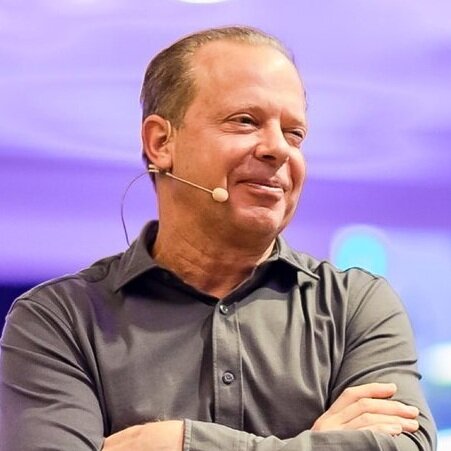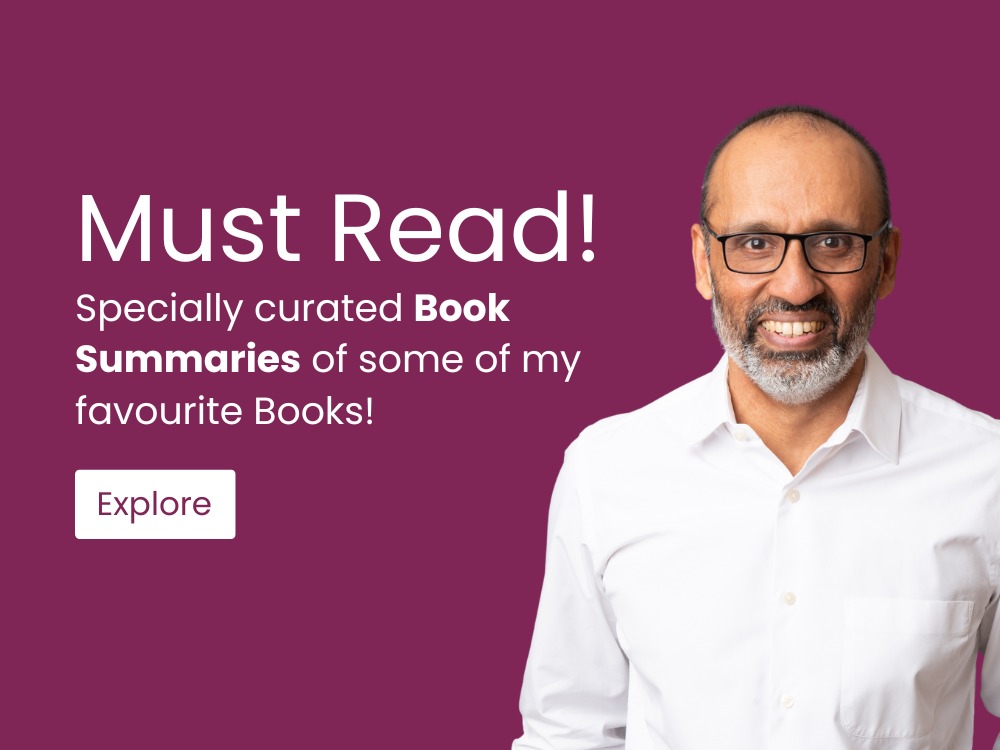
HomeThe Art of choosing By Sheena IyengarBook SummaryThe Art of choosing By Sheena Iyengar
The Art of choosing By Sheena Iyengar
March 2, 2024
The Art of choosing By Sheena Iyengar

- Binod Shankar
- Book Summary
My Top 20 Insights:
- You must find out how much choice youpersonally need, something that heavily depends on culture, for example.
- Cultures promoting individual freedom (e.g., US) produce people who thrive on being in charge. Collectivist cultures are more focused on their collective entity and it feels more natural to have others make decisions for you.
- Some choice is better than none, and even the illusion of it makes us happier.
- Sometimes it’s better to have others choose for you, but only if you’re properly informed e.g., a doctor and patients.
- The way we frame information for ourselves or for others can make a big difference in how we see and respond to choice.
- Many choices are between things that are not that much different e.g., Pepsi and Coke. The value of choice depends on our ability to perceive differences between the options.
- Why does the world choose Coke more often than Pepsi? Throughout its existence, Coke has tried to embed itself into the minds of consumers. The ads associate Coke with Christmas, America and even freedom, making its product more about the brand than the soda, which is almost identical to Pepsi.
- Position is a primary influence. Items displayed at either end of store shelves sell more than those in middle. First and last candidates in a job interview have more impact.
- Sometimes our choices are influenced by forces we can’t even detect. They are the result of a collective effort of designers, celebrities, advertisers and the media.
- We need to appear sophisticated. In a test of identical wines, people choose the higher-priced one as the best tasting. That fear of being exposed as clueless was also why most participants chose “L’eau du Robinet” (Tap water in French) to tap water.
- When there are too many choices, the process of choosing can be confusing and frustrating. Instead of making better choices, we become overwhelmed by choice, sometimes even afraid of it.
- We all have physical, mental and emotional limitations that make it impossible for us to process every single choice we encounter, even in the grocery store, let alone over the course of our entire lives.
- The story upon which the American dream depends, is the story of limitless choice. It promises so much: freedom, happiness, success. It says, “You can have anything, everything.” But when you take a close look, you start to see the holes.
- There are three negatives of more rather than less choice. First, people are more likely to disengage in the choosing process. Second, the quality of their decisions will be lower e.g., selecting mutual funds. Third, they’ll be less satisfied they are with what they have.
- Every time you choose you might think that it is over, that you’ve chosen and that it will either be good or bad. But once we’ve made a choice, we must make other choices afterwards to make it work. You’ve to make constant adjustments to make any choice work.
- What about crucial choices like jobs and relationships. Reason can’t answer those questions. Solution? Look at people who have made the decision that you are right now contemplating. Use your gut to answer the Q: Do I want to be like them? Do I think I’d be happy if I were them? Then use your reason to assess whether or not the reasons why they are happy would apply to you.
- Choice is more than picking ‘X’ over ‘Y’. It is the only tool we have that enables us to go from who we are today to who we want to be tomorrow.




